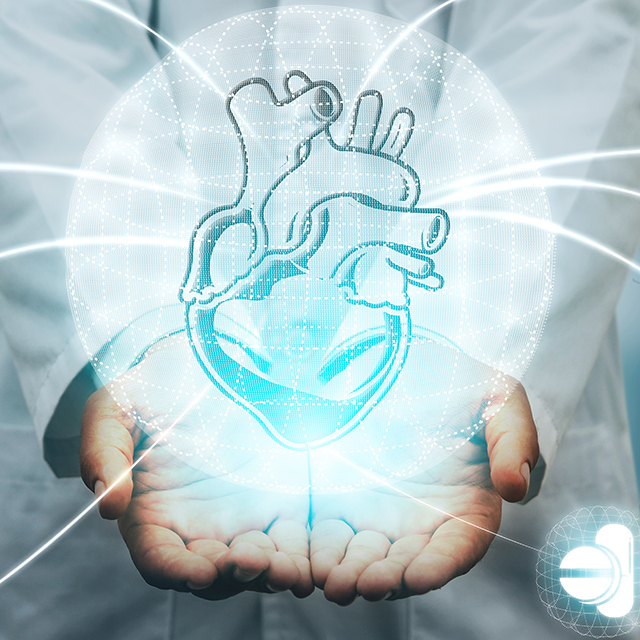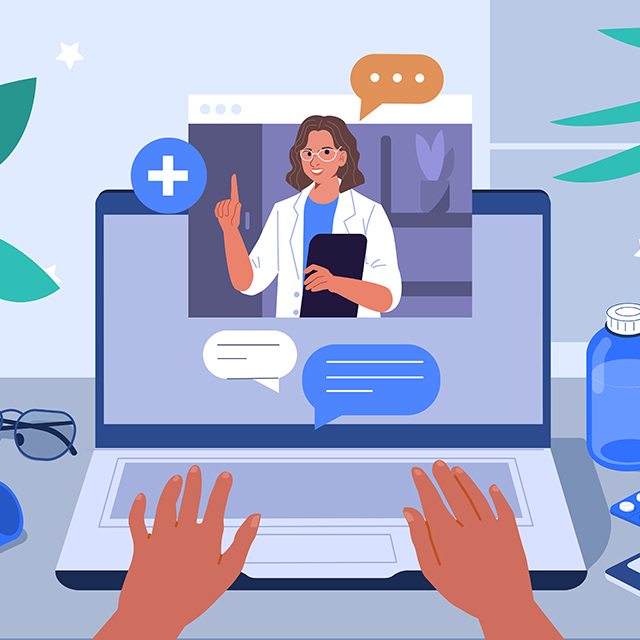Since the pandemic restricted in-person care in March 2020, Johns Hopkins clinicians have conducted more than one million telemedicine visits. Patients, clinicians and clinical support teams are now benefitting from numerous innovations brought by this rapid expansion of virtual care.
New Scoring System Identifies Patients Who Might Have Technical Issues
In mid-2021, a Johns Hopkins team created a technology risk score in Epic to automatically identify patients likely to need technical assistance for a scheduled telemedicine appointment. The score is based on whether the patient has an active MyChart account, has completed the online check-in process, or has completed a video or telephone visit in the past three months. With this information, a clinical team member can decide whether to contact a patient before an upcoming appointment to resolve potential technical issues. Clinical support team members report that using this scoring system improves the efficiency of video visits.
Epic Facilitates Electronic Consultations Between Clinicians
The Johns Hopkins eConsult program launched in late 2021 to facilitate faster consultations for neurology and vascular surgery. A Johns Hopkins provider — usually a general internist or a primary care clinician — submits a question about a patient through Epic to a Johns Hopkins neurologist or vascular surgeon. The specialist reviews the patient’s medical chart, providing a response and recommendation within three days. Questions about vascular imaging, migraines, neurovascular imaging abnormalities and transient ischemic attacks are examples of what an eConsult can address. To learn more about this program, watch a recorded presentation from the Office of Telemedicine.
Johns Hopkins OnDemand Virtual Care Addresses Minor Health Concerns
In 2022, Johns Hopkins OnDemand Virtual Care became available to members of certain Johns Hopkins insurance plans, including Johns Hopkins Employer Health Programs (EHP). Intended for minor concerns such as colds and rashes, the service is accessible from any electronic device with an internet connection via the web or an app. When a person requests a visit, the health care provider virtually meets with the patient — often within minutes — and can diagnose and even prescribe medication. To learn who can use the service, visit Johns Hopkins OnDemand Virtual Care.



